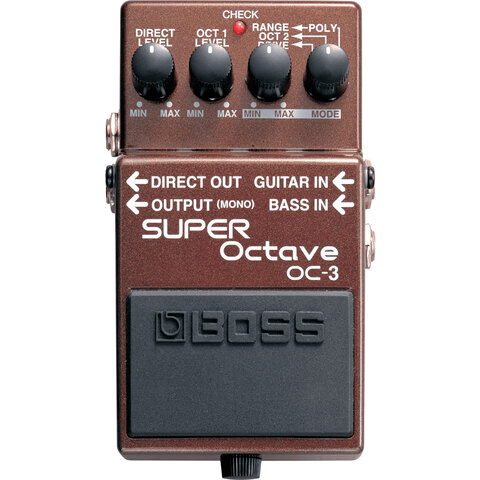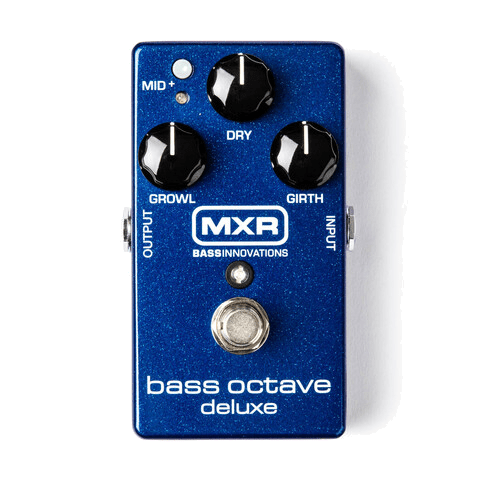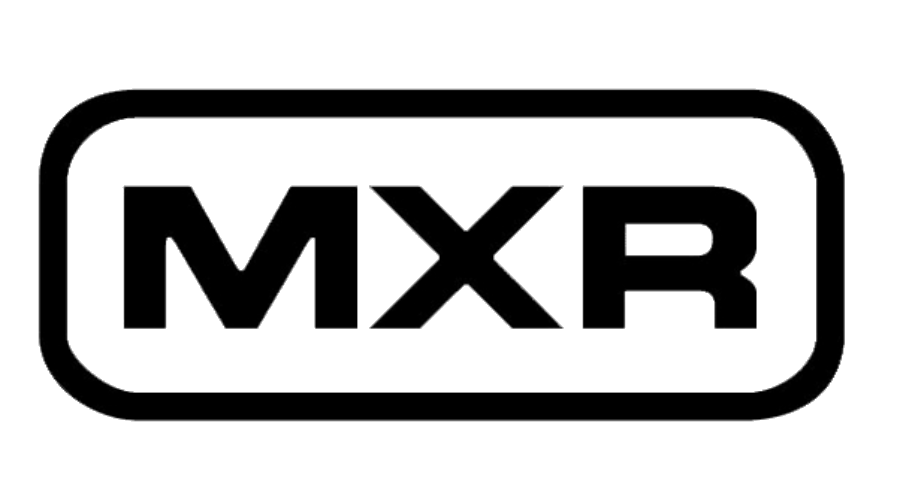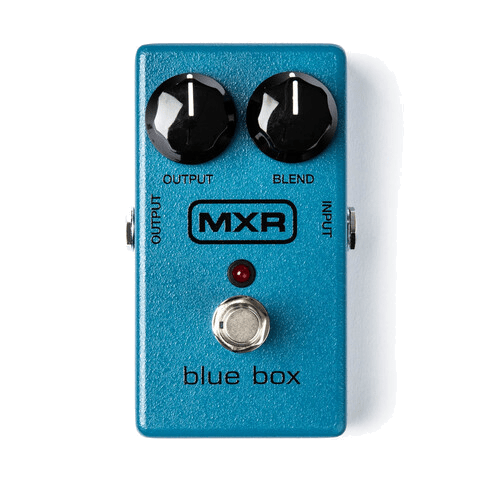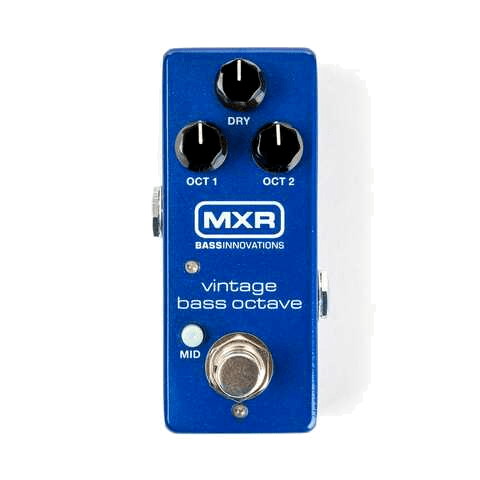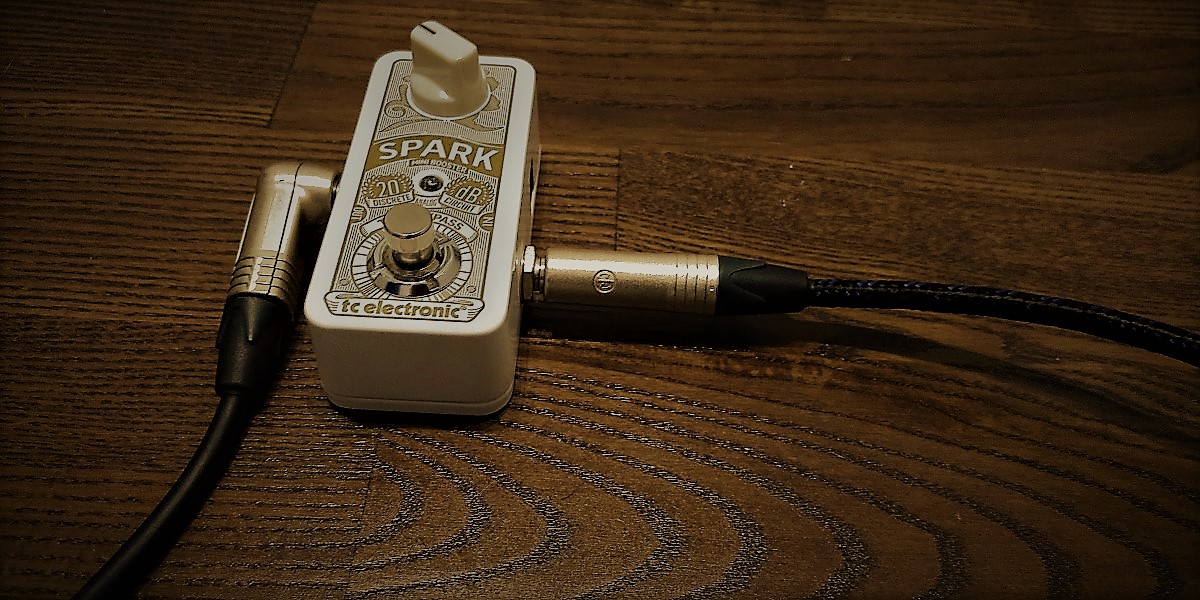Octave Pedals
White Stripes and Royal Blood. The frontmen of these Bands use a guitar and a bass respectively but both do a great job of sounding like the other’s instrument. How? Octave pedals.
So what is an octave pedal?
It simulates the note played on an instrument pitched octaves up or down. So a bass played with an octave up could sound similar to a guitar and a guitar played with an octave down could sound similar to a bass.
Some octave pedals will go up or down more than one octave and some will be capable of some intervals like 5ths.
Generally, Octave Pedals fall into two camps. There is a third camp which is not true pitch shifting, but I’ll mention it below so you are clear on what it is.
- Analog “phat booty” Octavers
- Digital “church organ” Octavers
- Analog frequency doubling Fuzz pedals
Lets Just mention point 3 first. Things like the Earthquaker Devices Tentacle, the Tychobrae Octavia and the Dunlop Octavio are really fuzz pedals which double the frequency of the note being played, making it sound like an octave up is being played. Sometimes they are combined with analog octavers of the “phat booty” variety to give you analog octave up and down sounds, like in the MXR Slash Octave Fuzz, MXR Sub Machine, Foxrox Oxtron and Mutron Octivider and sometimes they are combined in fuzz pedals like the Joyo Voodoo Octave and Greer Amps Hornet.
1. Analog Octavers.
Ignoring the aspects of octave up that the types of pedal mentioned in point 3 can provide, generally we are talking about a pedal that uses analog technology to synthesize a tone one and/or two octaves below the note you play. Being analog, these can be very sensitive in their tracking and your playing style, preferring to receive a strong, clean signal and are monophonic, meaning they will, in most cases, only track one note at a time. Due to this, they have found a lot of success over the years with bass players. Having said that, Most analog octave pedals do not tend to track well below the 5 th fret on the E string and can tend to “warble”. You may find you need to modify your playing style to get the best out of these types of octave pedal, but the reward is a fat bass sound that, in some cases, can sound keyboard-like. My personal favourite on something like the Boss OC-2 Octave, OC-3 Super Octave and MXR Vintage Bass Octave is to solo only the -1 octave, this give an almost keyboard-like bass tone.
2. Digital Octavers
These are a totally different kettle of fish and use digital technology to transpose your playing up or down octaves. The downside to this is that they can sound thin and a little unpleasant, but you might really love that. The big upside is that many of them are polyphonic, meaning that you can play chords and have that all reproduced along various octaves. You can get 8 and 12-string guitar and bass sounds as well as organ-like tones. I guess the most famous digital octave pedal is a pitch shifter known as the Digitech Whammy. It uses a treadle (like a Wah or Volume pedal does) to allow you to manually shift the pitch of your instrument up or down.
Personally, I like to use all types and you might too. One of my current favourites is the Boss MO-2 Multi Overtone, it combines a few features from other digital octave pedals in a small format. One of the features I find crucial with digital octavers are a tone control or Low-Pass Filter to tame the unpleasant top end of the effected signal when shifting an octave up. The MO-2 has such a thing as well as stereo outs and a modulation control. It really adds a depth and dimension to the tone of my bass and guitars that I enjoy.
Electro-Harmonix Pog Electro-Harmonix HOG2 Electro-Harmonix Pog2 Electro-Harmonix Pitch Fork Boss PS-6 Harmonist Boss MO-2 Multi Overtone Digitech Whammy Digitech Riccochet Digitech Mosiac
Read Next
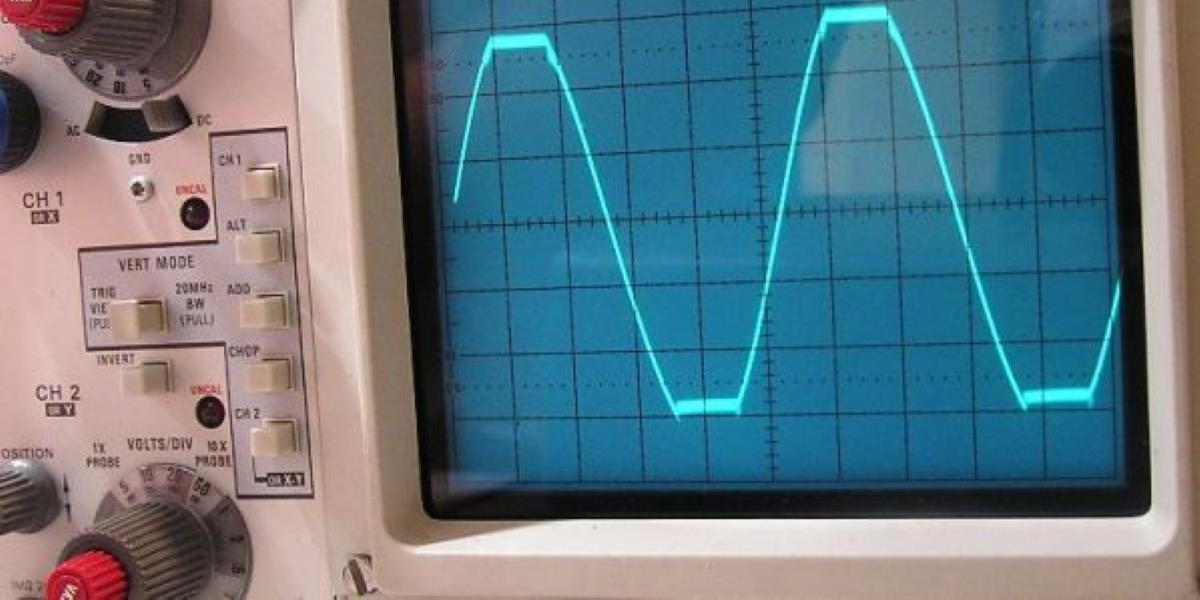
Signal Clipping pt1: Overdrive
Welcome to the sexy world of signal clipping

